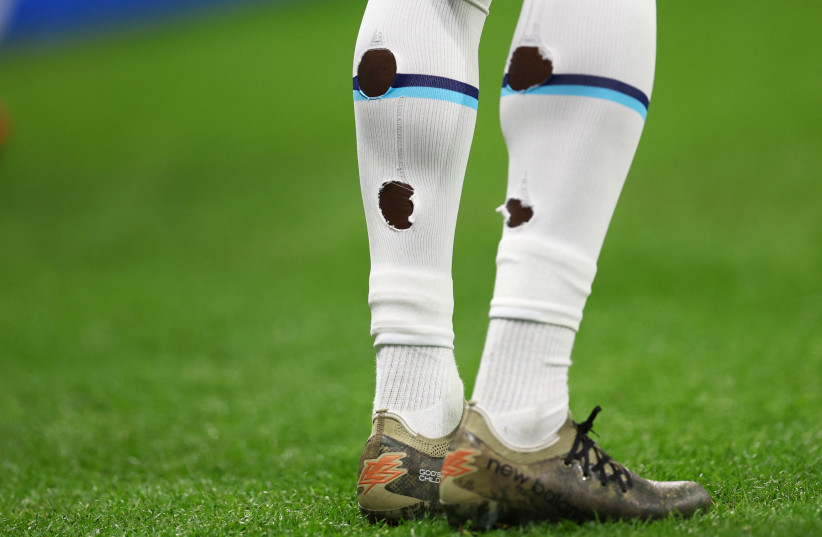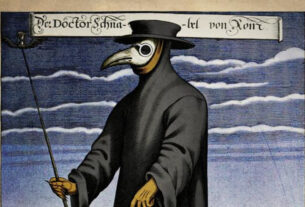You are probably wondering why we are writing about the holes in the socks of soccer players in the health section, but believe it or not, there is a health reason behind this.
The holes in the socks became an unexpected but regular sight during the World Cup 2022 in Qatar. The reason for this ugliness isn’t questionable fashion choices – as could be expected – or stinginess on the valuable feet of the soccer players.
What’s the reason for the holes in World Cup soccer players in Qatar?
The holes are meant to help prevent muscle cramps players can experience, which are caused by a lack of blood circulation in the players’ all-important calves.
According to an article from iflscience, most soccer players receive a new pair of socks immediately before the start of every game. Because it is a new pair of socks, the synthetic fabric isn’t flexible enough yet and sometimes turns out to be too tight, especially for those with big calves.
The tight socks can be very uncomfortable and restricting, and sometimes can even cut off blood circulation, which can lead to cramps. To ease the pressure, some players simply cut holes into the back of their socks, where the calf muscle is the biggest.
In case you wondered – yes, other players simply pull their socks down a bit.
“It’s about functionality,” said Jermaine Jenas, a retired English player, talking about a teammate in 2018. “He obviously thinks his socks are too tight so he cuts holes in them to help the circulation in his calves, so he doesn’t get cramps.”
Other reasons for cramps
By the way, cramps don’t only happen because of physical exertion – they can also happen because of a lack of water.
This is because our body is mainly made up of water (on average around 60%), which is critical for keeping the level of salts in the cells of the body, including the muscle cells, at the right level.
Additionally, water is important to preserve the right levels of magnesium and potassium in the body. These minerals help control and preserve the healing mechanism of the muscle cells and therefore prevent the over-contraction of the cells and ultimately, the cramps.




